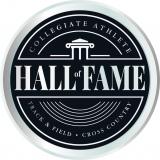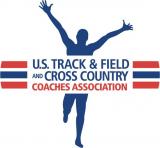Rosalyn Bryant
Rosalyn Bryant’s collegiate career at Cal State LA and Chicago State was a showcase of her extraordinary talent across sprint distances, making her the only athlete to clinch collegiate titles in the 100, 200, and 400 meters while competing in the AIAW, the body that governed women’s collegiate sports at the time. Her tenure spanned from 1974 to 1978, during which she set a standard of excellence that remains unmatched.
Bryant’s dominance was particularly evident in the 400 meters, where she not only set an American Record of 50.62 at the 1976 Olympics but also anchored the U.S. 4×400 team to a silver medal with a remarkable 49.7 split. Her final collegiate race, the 1978 AIAW 400, saw her set a collegiate record of 50.93, a mark that stood for nearly a decade, highlighting her enduring influence on the sport.



